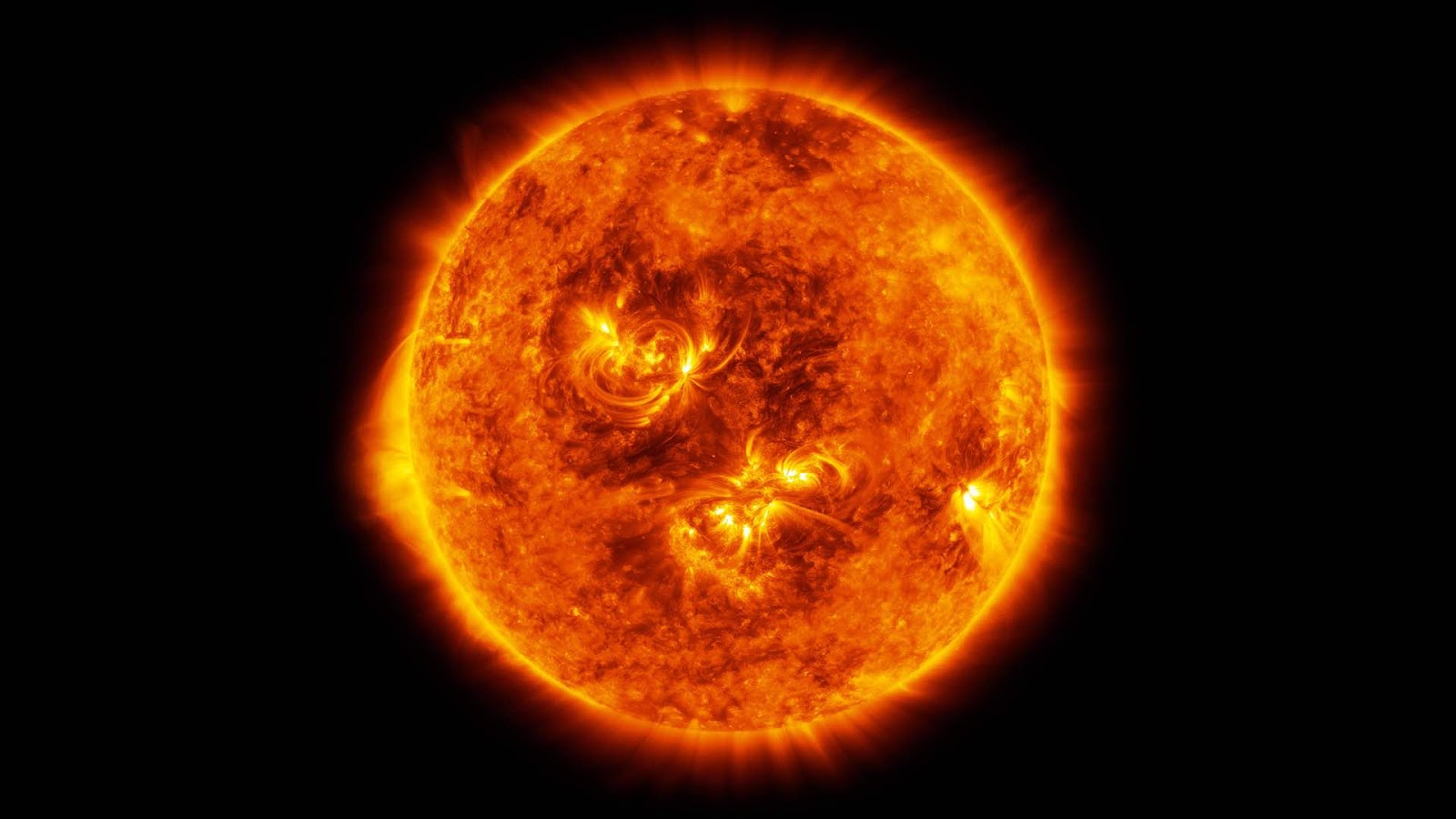
Energy: Conversion on a Global Scale
Share this story!
There is a monumental transformation occurring in the world’s current energy system, which is being driven primarily by greatly reduced prices for renewable energy.
The Swedish energy system has had a very low climate impact for decades. It is 97 percent fossil-free and has a delivery security close to 100 percent. Electricity production in Sweden is dominated by hydropower and nuclear power. Together, they account for about 80 percent of total energy production.
Wind turbines have been expanding at an accelerating rate in recent years and electricity from wind power today amounts to 11 percent of total electricity generation. Cogeneration with biofuels accounts for 7.7 per cent and fossil-based electricity had a share of just under two per cent in 2017. The proportion of renewable electricity generation was around 59 per cent during the year, which is by far the best in Europe.
Greenhouse gas emissions from electricity and district heating production decreased by 32 percent between 1990 and 2017, although district heating production increased sharply. The main reason is that the use of biofuels and waste has increased while the use of fossil fuels has decreased. Sweden’s temperate climate causes emissions to vary depending on outdoor temperature and precipitation.
In 2017, greenhouse gas emissions from electricity and district heating production was equivalent to 4.4 million tonnes of carbon dioxide and accounted for nine percent of Sweden’s total greenhouse gas emissions. In 2017, electricity production was the second highest in the country historically and net exports of electricity were the third highest ever, equal to 12 percent of total electricity generation. This was spurred by a combination of higher electricity generation and unchanged electricity use.
Energy production globally
Around the globe, electricity and heat production account for roughly 34 percent of global greenhouse gas emissions, a significant difference compared to just nine percent in Sweden. There is much more to do in terms of curbing energy emissions around the world, whereas in Sweden we have already come very far.
This discrepancy has not gone unnoticed, however. The transition to an energy sector which is driven by renewable energy sources is already underway around the world. At the end of 2015, 23.7 percent of electricity came from renewable energy sources and investments in renewable energy sources have since accelerated. In 2016, wind and solar energy accounted for 78.4 percent of new capacity in the EU. In the United States, almost two-thirds of the new capacity was renewable, and in China, new wind and solar capacity amounted to 52 gigawatts — which was about the same as new capacity in coal and gas.
After being relatively constant for decades, this means that the carbon dioxide intensity linked to electricity has decreased sharply in recent years thanks to the transition to gas and renewable energy.
The production trend in solar energy is very positive. The cost of photovoltaic panels has dropped by 85 per cent over the past seven years, which means that it is already highly competitive and often more cost effective than fossil fuels in many parts of the world.
The IEA, or International Energy Agency — an organization which monitors global energy production — estimates that the availability of renewable energy could reach somewhere between 26 and 27 percent globally by 2020, depending on the policies pursued by the governments of certain countries.
But the world is now moving towards a low-carbon energy sector faster than anyone, including the IEA, thought possible. If the pace was increased — even slightly — we can ensure that renewable energy sources make up 30 percent of the world’s electricity supply by 2020. With ambitious goals and continued rapid technological development, it is possible for the global energy sector to halve carbon emissions by 2030.
Renewable energy is the future
In a span of just five days, the sun gives our planet a wealth of energy that equals the total output of oil, coal and natural gas combined. By capturing just 1/8000 of the available solar energy could provide us with all the energy we need.
Renewable energy sources have become very effective since their introduction and have followed an exponential development curve over the past 15 years. According to an analysis from the Swedish Energy Agency, it is quite possible to introduce an electricity system which uses 100 per cent renewable energy by the 2040s.
Further digitization, automation and efficiency of renewable energy make it possible to continue this development curve. Further down the road, the electricity grid will need to be rebuilt with smart technology that is adaptable to these renewable energy sources, as well as diversified types of production and consumption of electricity.
By becoming a premium supporter, you help in the creation and sharing of fact-based optimistic news all over the world.


